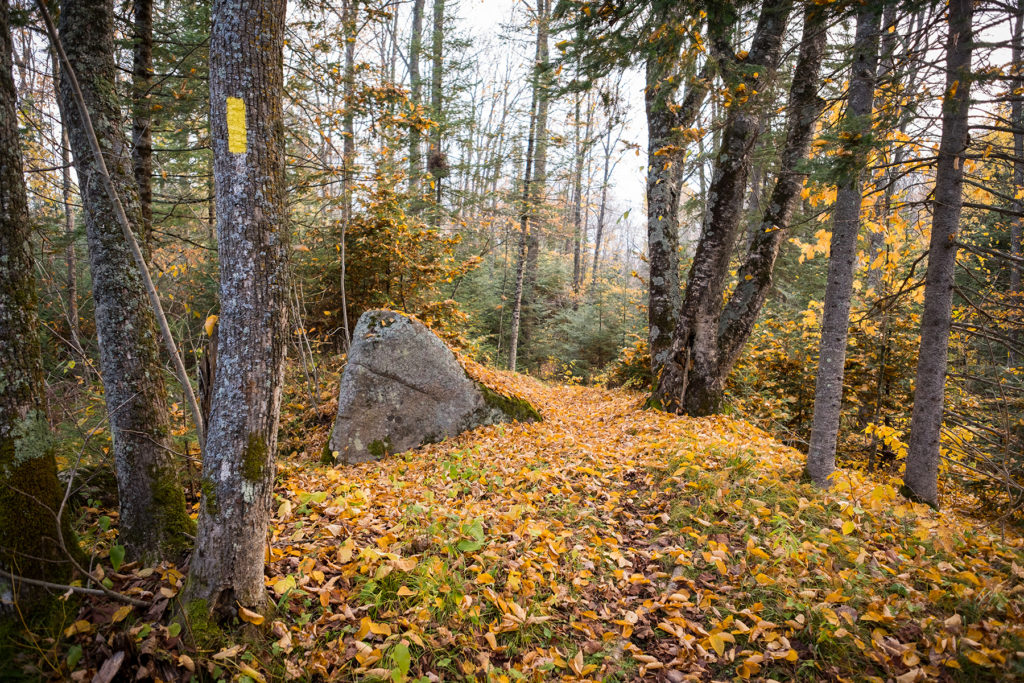by Partnership for the National Trails System
Adapted from submissions by Ron Tipton
The Partnership for the National Trails System (PNTS) has engaged a team of experienced conservation and trail advocates to create an Action Plan to fund the protection and management of America’s 30 national scenic and historic trails.
This idea was presented to the PNTS Board and Trail Leaders Council in February 2019 by Ron Tipton, who retired at the end of 2017 as the President and CEO of the Appalachian Trail Conservancy. The Board directed Tipton to move forward and recruit a working group to pull together a five year plan for approval by the Board at its next in-person meeting during the 2020 Hike the Hill week.
While important progress has been made in recent years toward protecting and funding our 11 national scenic trails and 19 national historic trails, we have not yet been successful at fulfilling the vision of Congress and past administrations for creating a world class national trails system. The Appalachian and most of the Pacific Crest and the Continental Divide National Scenic Trails are publicly owned and have permanent protection in place, and many high priority sites and segments of our national historic trails are also protected and capably managed. However, in the last several years Federal and State funding for the national trails for land acquisition and trail management has been reduced, and the highly effective Collaborative Landscape Planning initiative created by the Obama administration to fund national trails no longer exists.

The Plover River Segment of the Ice Age National Scenic Trail. (Photo Credit: Cameron Gillie)
During the past six months, the Action Plan team has interviewed nearly 20 national trail leaders and Federal agency partner representatives to identify their top priority goals for the next five years for the protection and sustainable management of their trails.
Recommendation for Top Priority Goals
- Funding for land protection is critically needed to have significant progress towards protecting high priority sites and segments for the majority of the national trails.
- Increased annual funding to achieve sustainable effective management of all national trails is essential for both public and nongovernmental partners.
- State governments and their respective conservation and outdoor recreation agencies should provide increased support for national trails within their State.
- Each Federal agency and its nongovernmental partner develop resource protection plans to preserve natural and cultural resources for the national trails.
“America’s 55,000 miles of national scenic and historic trails clearly represent the greatest commitment of any nation to a system of national trails,” said Tipton. “Yet it is widely recognized that the U.S. has not yet fulfilled that commitment; in fact, our national trails are significantly undervalued by our country at present. It is time to reach the PNTS vision of a world-class system of national scenic and historic trails that preserves natural and cultural values and provides recreation benefits for all.”
Members of the national trails working group include Kathy DeCoster, recently retired Director of Government Affairs for The Trust for Public Land; Margaret Gorski, retired from the U.S. Forest Service and recent past President of the Lewis and Clark Trail Heritage Foundation; Destry Jarvis, President of Outdoor Recreation and Park Services; Andrea Ketchmark, Executive Director of the North Country Trail Association; and Kevin Thusius, Director of Land Conservation for the Ice Age Trail Alliance. Both PNTS Board President Barney Mann and Executive Director Gary Werner are also part of the working group.
Unless otherwise indicated, all material in Pathways Across America is public domain. All views expressed herein are perspectives of individuals working on behalf of the National Trails System and do not necessarily represent the viewpoint of the Federal agencies.